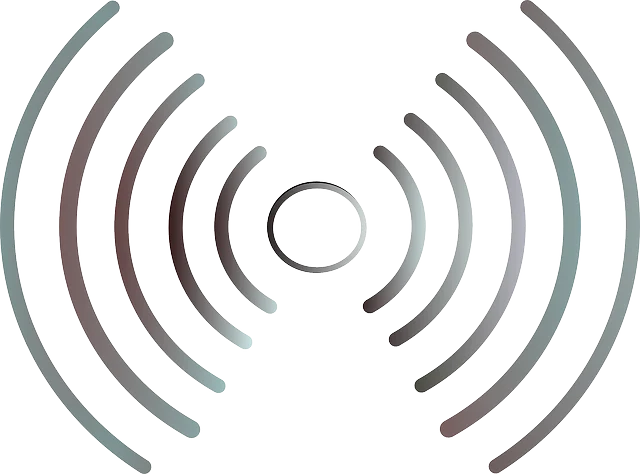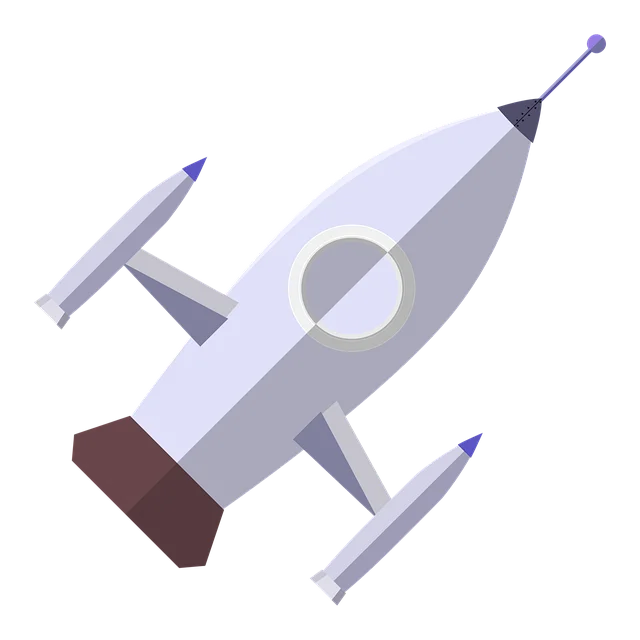There are some ways to boost the signal received from your TV antennae.
This makes watching TV a more enjoyable experience. Let’s take a closer look at these tips and tricks.

Boost the Antenna Signal
If you are getting a bad signal, it could be because of several underlying reasons. A few top factors that lead to interference with the antenna include antenna placement and the angle at which it is placed.
But some simple DIY steps can boost the quality of the TV signal that you receive.
Get Rid of the Foil
Your outdoor antenna is likely to have a foil that isn’t working. Foil is the set of parallel rods that will likely be over the dish. This is initially placed to boost the reception by acting as an extension to the antenna.
Foil sometimes boosts the reception of audio signals. At other times, it mixes up the reception of separate channels. Remove the foil and see how it goes. Getting a stronger antenna is likely to be one of the best options at your disposal if this does not work.
Reset the Digital Tuner
Resetting the digital tuner is primed to deliver the best results for better reception of TV signals. The digital tuner is in place to digitalize the incoming signal, making it recognizable for your TV. But when broadcasters change their metadata, the efficiency of the digital tuner will be reduced. (1)
Your digital tuner cannot get the right channel information because it is using older data.
Here are the steps to follow to retune the digital tuner:
Find the coaxial cable connected to the TV and disconnect it.
Next, scan your TV for channels.
Now, turn off the converter box and the TV as well. Now by reconnecting each connection, your TV will start receiving the signals.
Do the second channel scan now. A few simple steps will be all it takes to fix the problems.
Elevate the Antenna
If the reset does not enhance the signal quality, see where your antenna is placed.
The signal is poor when the antenna is not in a clear line of sight with the transmission towers.
At your property, place the antenna at the highest point possible. In case it rains, the signals should improve following the rains. The higher the antenna, the lower the probability of the signal bouncing off a nearby high-rise building. If there are obstacles in the vicinity, the signal will be out of phase in all probability. The antenna may not work right in such cases. When the outdoor antenna is on your home’s roof, it will deliver the best results.
Aim your Antenna Right
While the antenna is not pointed right, it does not matter if you use a unidirectional or multi-directional antenna. An antenna has to be aimed at the transmission tower.
In case you see that the antenna’s reception is poor, readjust the antenna. Move it a few degrees and check the reception, which should improve.
This may take a few tries, but the TV’s reception will improve.

Invest in a Booster
Heightening and straightening the antenna is not sufficient in some cases. The picture is unlikely to be clear if the signal is coming from a long distance away and is lagging in strength. But when you buy a TV amplifier or an antenna booster, the problem is overcome.
These appliances may be in the format of plug-and-play devices, but installation is still required. If you cannot get the installation right, the signal may worsen in a counterproductive exercise. This is because of distortion, overload, and interference. Therefore, whenever you invest in a TV amplifier, call a professional to do the installation for you.
Two Antennas Are Better than One
Even if your antenna works well, picking up the signals from different towers is often problematic. It is hence the time to install a second directional antenna.
Using two antennas, you should get the signal from different transmission towers. Your TV can select the best signal for each station from the two available options. But there is a precaution to keep in mind. Stacking antennas, one close to the other, will not deliver the best results for you. So, keep a distance of 1 or 2 meters between both antennas. A coaxial signal combiner can attach the two.
To avoid phase problems, the length of the coaxial cable between the antennas and the combiner should be the same. When checking, check both antennas independently. Then attach them to the combiner. Then run a channel search for both. Finally, combine the two antennas. Your TV will use the signals from both antennas and select the best. You may check here how to ground an outdoor TV antenna.
FAQs
Conclusion
Watching TV with family and loved ones are one of life’s simple joys. Bad signal reception can ruin that. But an outdoor antenna can be adjusted using the simple steps mentioned above. If this doesn’t work, a technician can do it for you. You could get a signal booster, a stronger antenna, use two antennas, or try cable TV.
References(1) metadata – https://www.thoughtco.com/metadata-definition-and-examples-1019177

